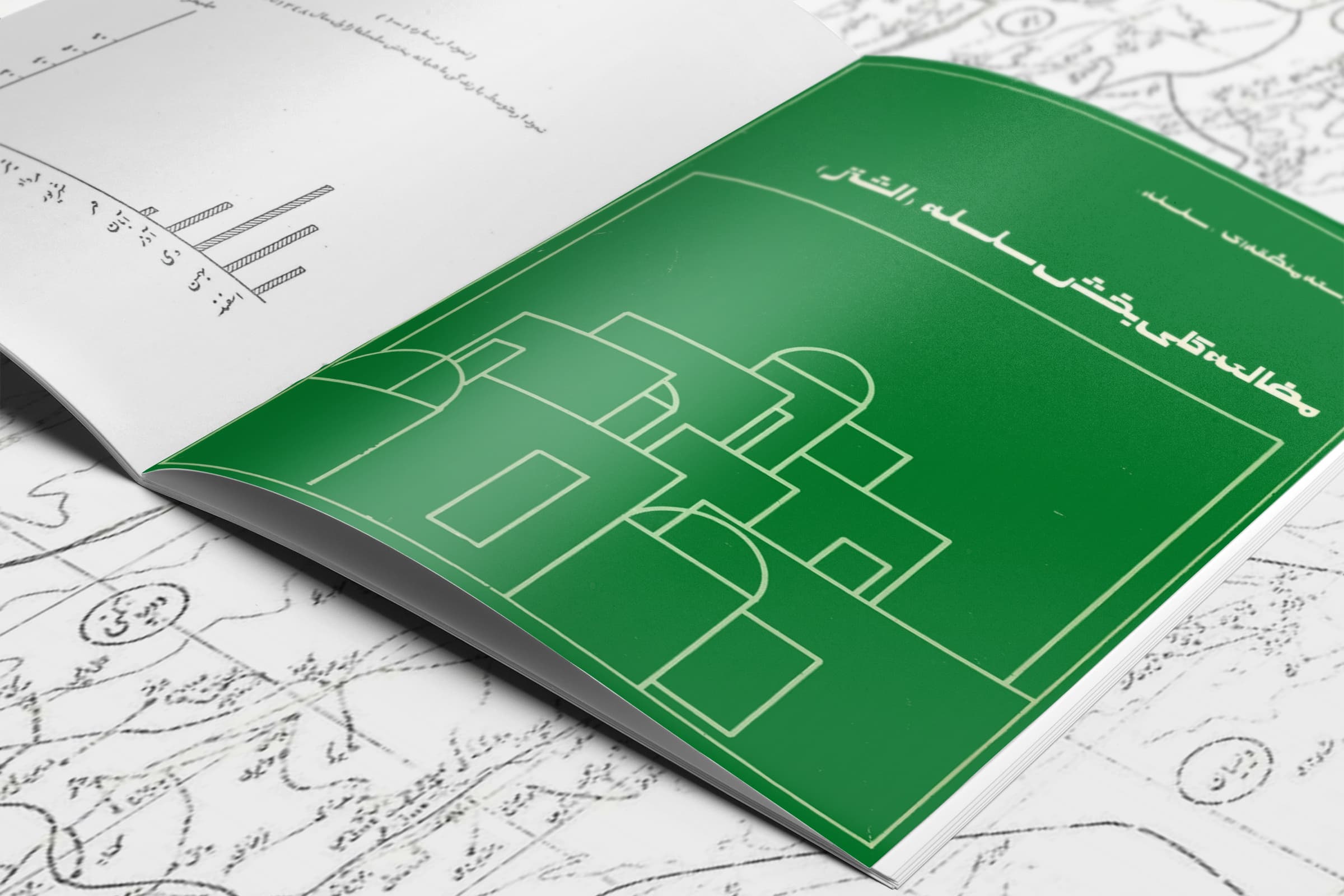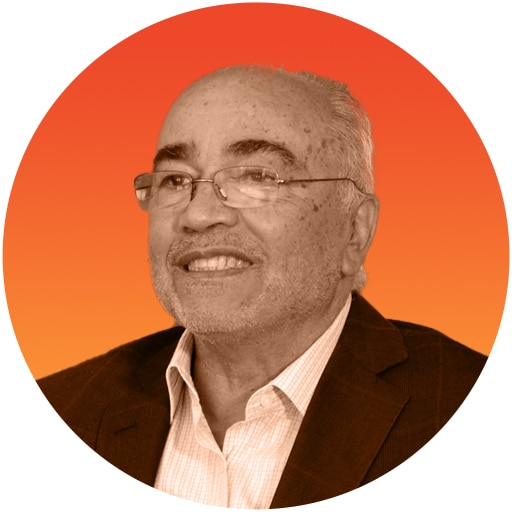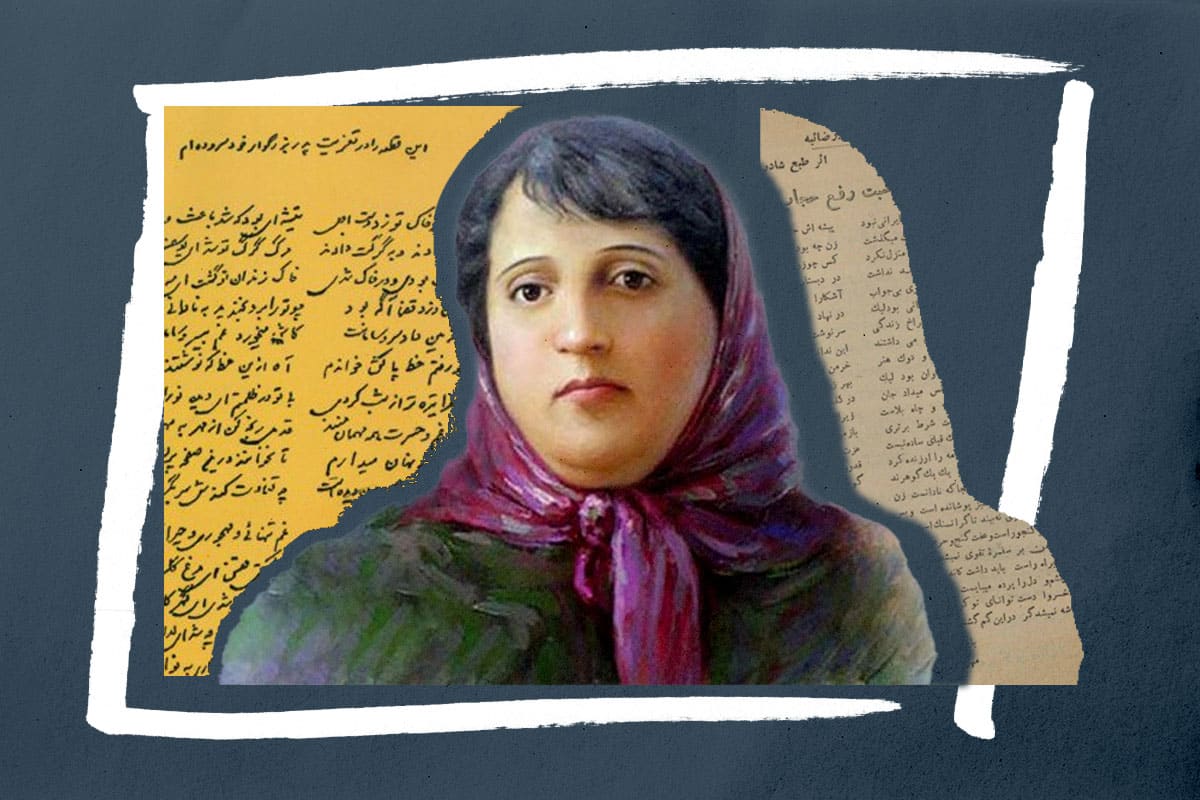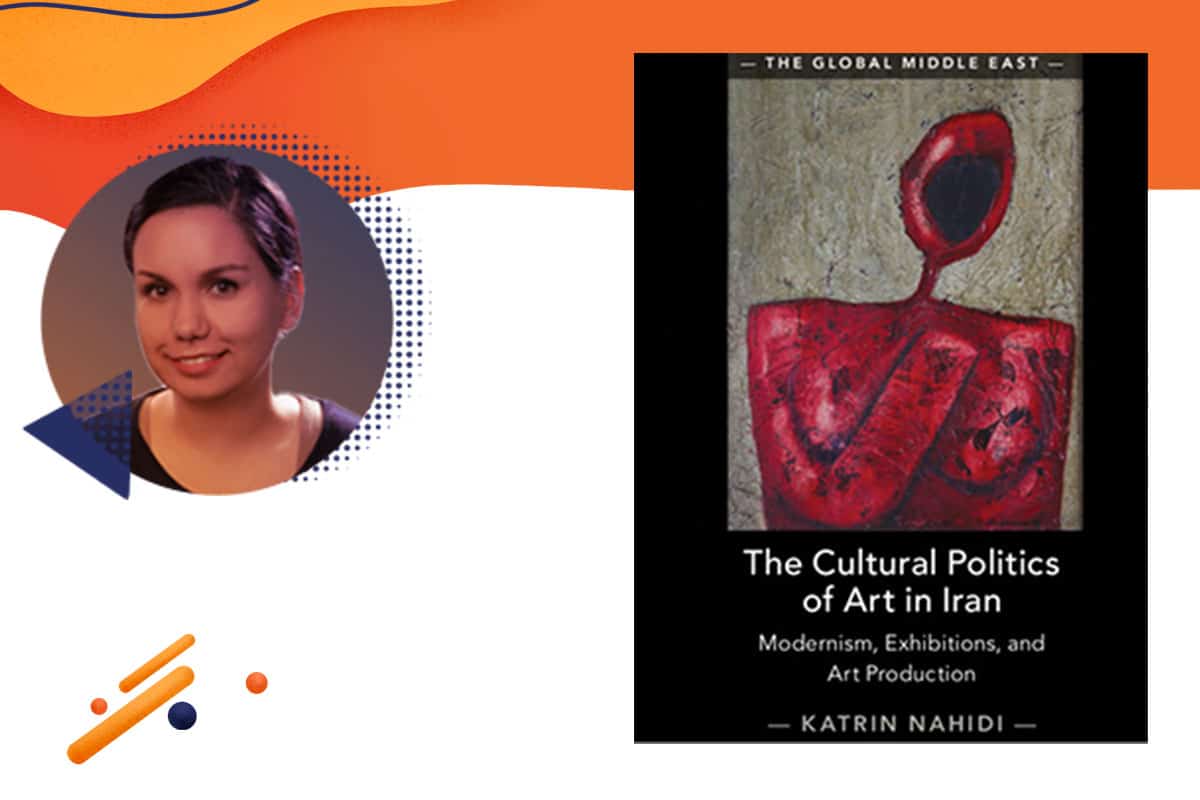Introduction
The question of development of the non-industrial world, often called pejoratively “the third world,” used to be a major theme in the academic as well as political world throughout the cold war era. American social scientists were hard at work to provide alternatives to the schematic of the socialist model presented by the former Soviet Union. The socialist model emphasized anti-imperialism, revolution, and equality, slogans that were very attractive to the people of the developing world. The alternative model presented by the social scientists in the West or the “modernization theory” emphasized economic growth, as the basis for other developments in socio-political arenas.
Walt Whitman Rostow’s theory of growth was largely accepted as a model across the academic world. In the five stages of growth proposed by Rostow, “mass consumption” was the final goal to be pursued by all nations1. The model although bore some fruit economically, other goals such as political development, were not necessarily shored up. The “take off stage” when the underdevelopment was supposed to be replaced by growth, and the market economy was supposed to usher in abundance was hardly ever achieved in the developing world. On the other hand, those traditional countries that reached a certain level of development met with major cultural upheavals. A sense of “being lost in their own lands” predominated the youth culture. The unavoidable inequality resulting from industrial growth created resentments and made fodder for the political demagoguery. Efforts were made to generate a sense of balance and harmony lost to traditional settings. The paradigm of “nativism” took center stage in some academic programs and cultural projects. Ideas titled “post development” that were in essence scathing critique of modernization took roots in the international agencies and some political circles. Post development scholars focused on the shortcomings of theories that focused entirely on economic growth. Many writers and researchers investigated alternative models.
In Iran nativism based on Persian culture with a mix of Islamic tradition began to emerge. Several influential writers and philosophers took a very negative attitude towards the Iranian developmental strategy. The Heideggerian Philosopher Ahmad Fardid (1912-1994) utilizing Heidegger’s critique of technology to the extreme. He portrayed the whole Western civilization as a soulless civilization. He minted the term “Westoxification” to denote the lethal influence of the West on Iranian culture. The term was popularized by the populist writer Jalal Al Ahmad, and it became the symbol of nativism and rejection of the western ideas and culture. Even Ehsan Naraghi (1926-2012), the Dean of the department of sociology of Tehran University, a UNESCO contributor and an advisor to the Queen Farah’s office offered a series of lectures on the need for soul-searching and rediscovering authentic Iranian identity. He even argued that the natural sciences and even mathematics of the Western civilization are ideologized and are not “objective.”2 He poetically announced that the power of the West is created by its “immersion in reality,” but the splendor of the history of the East is the result of eternal brightness of the truth3.
Ideals of nativism, mostly influenced by the New Left ideologies of the Western countries, coated lightly with Islamic mysticism were spreading in intellectual circles. Thinkers who had adopted a version of critique of the New Left and mixed it with their own mystical leaning found a free reign to suggest alternative models as a sense of alienation set in the country due to rapid urbanization of the country. Masses of landless peasants were liberated due to the land reform. They amassed around major cities. Class distinctions became pronounced across the country. A need for alternative models and ideals was felt by intellectual members of the power elite. One of the members of the power elite who took to himself to carry out an imaginative and ideology laden rural project to offer a “native” development was Majid Rahnema (1924-2015).
Rahnema had a certain reputation at UNESCO for his “post developmental studies.” He was a critique of the economic growth models that ignore cultural milieu. He tried to offer an alternative model, emphasizing human dignity, cultural integrity, and a multifaceted growth. The Selseleh Project was an effort to implement nativist ideas in a pristine area in Lorestan province of Iran. It demonstrated a daring effort to challenge the predominant modernization strategy. It also showed the degree of creativity and enterprise that could be tolerated by the political system. Although the project was limited in scope, it demonstrates how alternatives offered by the Iranian thinkers and statesmen were largely influenced by their mystical aspirations and humanistic culture. One can also argue that to some extent those aspirations were counter modern. One may go even further saying that the Islamic upheaval of 1979 had unwittingly received legitimation through the efforts of intellectuals like Majid Rahnema, Ahmad Fardid, Jalal Al Ahmad, Ehsan Naraghi, and likeminded intellectuals and government functionaries. It is not to say that any effort to supplement the modernization efforts or offer alternatives was doomed. It is not the case either that the authoritarian modernization strategy was flawless. The purpose of this paper is to argue that no matter how authoritative developmental strategy was flawed, alternatives to it were equally unsuccessful. In fact, the very limited experiment of the Selseleh project underlined the fact that the ordinary people were not interested in lofty ideas and Avant-guard practices, rather, their main concern was and is a steady growth and development. It is not meant to fault the idealism of intellectuals, rather to underline the cultural gap between the Persian elite and ordinary people, the rift between traditionalism and modernity, and seemingly unbridgeable rift and a lack of communication between opposing cultural and political elites.
Philosophical Foundations of the project
Majid Rahnema, not unlike many intellectuals of his time, had some “anti-capitalistic” leanings mixed with spiritual/mystical influences prevalent in his family and the cultural milieu. He served as the Iranian top diplomat in UNESCO, where he had the opportunity to raise fundamental questions about the merits of developmental projects carried out by that institution, and formulated ideas for alternative models. Rahnema questioned the imperatives of the “development” pursued by all nations and international organizations. He observed that modernization is paradoxical; it enriches human communities while damaging human dignity at the same time.
Eradication of poverty which was the paramount goal of the UN developmental strategies was not as lofty an ideal as was being promoted by the UN agencies. What eroded human dignity was “misery, not poverty” according to Rahnema. Studying communities of the indigenous people in Canada and impoverished street sleepers of Calcutta, he concluded that generations of people have lived with poverty in dignity, and some people may even opt for poverty. However, modern misery is different. Misery is the state of the mind of the individual who has lost his dignity; he is confused and lost in the modern world. In “When Misery Hunts Poverty” Rahnema summarized his view as follows: “The widespread misery and poverty is an obviously unacceptable social scandal, especially in societies perfectly capable of avoiding it. And the visceral rebellion it provokes in us is quite understandable and justified. But it is not by increasing the power of the machine to create goods and hardware products that this scandal will end, because the machine put into operation this effect is the same one that consistently produces misery.” One author summarizes Rahnema’s view as follows:” Poverty, when it expresses the ordeals of a person socially deprived from the most basic necessities of survival, is indeed a harsh and often unbearable reality. Yet this is only one definition, one perception and one aspect of poverty. Historically, poverty has meant very different things to different people and cultures. It has been a road both to hell and to paradise. In one context, it has represented a demeaning condition; in another, a self-discipline aimed at liberating oneself from all kinds of servitudes. In both4 cases, it is a social construct, an “invention of civilization.”5 One can easily detect the influence of the critiques of the theory of modernization such as Ivan Illich, as well as the effect of the Persian mystical thinkers on these lines. A certain spiritual approach predominates the approach to modernization and development.
Utilizing his philosophical understanding to explain the reality of Iranian development in the sixties and the seventies, Rahnema wrote:” In fact, Iran was developing quite rapidly in many ways. This process however had (unintended) consequences. Productivity was coupled with underdevelopment, wealth with poverty, education with deprivation, nationality with dependency, urban scrawl with the destruction of local communities, acknowledgment at the international level with distancing of the ruling class from the people at local level. But in spite of all those contradictions, GNP had an annual growth rate of 12% to 15%”6.
Solutions suggested by Rahnema to the corruption of the idea of development and modernization were not far from the ideas of Ivan Illich, Paulo Freire, and Michel Foucault. Themes like “dialogical interaction” and” conscientization” are directly borrowed from Freire. According to Friere, to conscientize the masses of people about the causes of exploitation and colonial rule was more important than just teaching them literacy and numeracy. Themes like radical reconstruction of the modern industrial society from the bottom up came from Illich who argued that modern education is incapable of educating the mass of people properly. Education has turned into a method of top-down directives, and pupils cannot learn in such an unfree environment. The whole organization of compulsory education should be overhauled to give way to the rise of free and independent thinking populace. In his radical critique of compulsory mass education ”Deschooling Society”7 Illich argued that the oppressive structure of the school system could not be reformed but must be dismantled entirely in order to free humanity from the crippling effects of the institutionalization of human free activity. Similar to Paulo Freire, Illich sought an education that could help liberation. The education of the masses must be done from the grassroots, using technologies of freedom. In his “Tools for Conviviality” Illich defended the need for liberating society from the “technocratic elite” who had monopolized the realm of practical knowledge. There is a need for technologies that make possible the reconquest of knowledge by average citizens. Illich foresaw computers as a possible means of equalization and attaining self-knowledge,
Freire also had similar arguments, criticizing educational practices of a modern state. He argued that education should be a tool for the empowerment of the poor. It should be initiated by them and use familiar ideas and technology to help the poor to reach a level of self-reliance and autonomy. He and Illich collaborated in a center dedicated to alternative thinking about modernization and development.
The Selseleh Project was imbued by the ideas coming out of collaborative efforts of those post-developmental thinkers who challenged the dominant development paradigm, and most importantly, they presented some of the experiences and ideas out of which ordinary people are trying to construct their own more humane alternatives to development, which in turn, may provide useful guidelines for those concerned with the post-development world. They were also interested in looking at ‘the other side of the story’, particularly from the perspective of the ‘losers’.
Lastly, the influence of Foucault could be observed in Rahnema’s references to social construction of reality. A good example of this is how Rahnema evaluates poverty as a state of mind.
The Selseleh Project was an effort to implement those ideas by initiating a project to work with real people under real circumstances, targeting a pristine community to be wholesomely reconstructed into a convivial environment by a multifaceted, global approach.
The Selseleh project
The last decade of the Pahlavi rule in Iran coincided with the rise of petroleum prices which led to tremendous economic growth. The sudden growth of national income in a traditional society with a slow growth economy normally leads to disparities and deepens the economic gap between social classes. The influx of rural population into the urban sprawls and the breakdown of cultural order was going to become the root of many problems. Cultural and educational gaps also were deepening between the rich and poor. On the other hand, socialist countries presented major challenges to the order and the way of life of those living in the developing world, offering an illusionary shortcut to progress and equality. Some social thinkers in Iran could forebode that the inequalities ushered by rapid urbanization were harbingers of disintegration of social fabric. To them, although economic and military power were welcome elements, the gap between them and cultural-educational growth was not to be taken lightly. Disagreement on the developmental priorities even started to show up at the highest levels of the state. In a famous videoed event, the Shah and Queen Farah openly disagree on the country’s priorities. Farah emphasizes the cultural heritage and discreetly underlines the need to lower the emphasis on military growth. The Shah, quite upset by her insinuation, states that it was the military might of his father Reza Shah that led to present day growth and security, not the force of Persian poetry. The video was a clear indication of the differences at the top-level decision making, and portrayed Farah as the patron of arts and culture. Many cultural and educational institutions in fact benefitted from Farah’s patronage, and even one of them like Kanoonn Paravarsh Fekri Koodakan va NoJavanan (The Center of Intellectual Development of Children and Young Adults) survived the onslaught of retrograde revolution of 1979.
The intellectual circle around the office of Queen Farah was avant-garde and artistic, while the Shah’s entourage was largely security and economic growth oriented. Enjoying the support of Queen Farah Pahlavi, many projects were to promote the Persian culture, as well as introducing Western cultural ideas, art and music. Members of the elite such as Rahnema could count on the support from the office of the Queen, and in his case, direct intervention by Prime Minister Hoveida.
Rahnema selected a team of young professionals, largely educated in the West. The area of Alashtar seemed like a good start mostly because of its abject poverty and traditionalism. The team members came from a variety of disciplines. Even a Shiite cleric was employed assuming that he was more in touch with the traditions and customs of the rural population.
The project was highly influenced by the lofty ideals of the time such as cultural awareness, the revival of cultural heritage, sovereignty, and self-rule. Iran however was going through a major social upheaval due to undermining peasant-landlord relationships. The land reform which was the crest of the crown of reforms largely dismantled the traditional relation between the landlord and peasants, but it failed in bringing about a method of governance to replace it. Banks and cooperatives replaced the landlord by providing loans and credits, but in effect peasants became largely dependent on those institutions.
Land reform especially was marred by traditionalism of the peasants. For instance, the peasant turned farmer would take a loan out to buy seeds and fertilizer, instead, he would use the money to go to pilgrimage in one of the shrines in Mashhad or Qum. That led to more indebtedness of the farmer. He would eventually leave the farm for the city. The mass migration of landless peasants who were enveloped in their traditional views and cultural habits was going to upset the traditional class makeup of the country. The rapid growth of the country and the increase of oil revenues were additional factors to widen the gap between the rich and poor. Shanty towns spiraled across the suburbs.
Observing all these effects, Majid Rahnema believed that those discrepancies were unintended consequences of the economic model that just emphasized economic growth. The remedy must be an alternative model of development that takes account of all aspects of human growth and dignity. Machines alone cannot make people happy.
The Selseleh Project was designed to take a bold shot at an alternative form of development, a comprehensive human centered endeavor. It was meant to create a model of development by local participation and control. The planners projected a three-pronged model:
- Educational: efforts were made to create a system based on local needs and student control.,
- Economic: To help local growth by introducing modern ways of agriculture, while trying to learn from the local wisdom.
- Health improvement: Mostly imbued by the Chinese model of “Barefoot Doctors,” the project incorporated training local people with sufficient medical knowledge to be able to help others.
Rahnema’s goal was to create a holistic approach to development, with the lofty goal of “liberating” the individual peasant and elevating his status to that of a citizen. The purpose of the local education, based on the ideas of Paulo Freire and Ivan Illich, was not meant to just teach reading, writing, and a little arithmetic. The final goal of the education was to prepare the learner for a “better living.” The project was meant to match and marry modern developmental ideas with local traditions to create growth without disrupting the local culture. Education was supposed to be lateral rather than top down and authoritarian. In a typical class session, the teacher would start the meeting by throwing in some ideas or asking questions. Students questioned each other and tried to come up with new and creative answers and solutions8. Even a radio station was established, and local people were encouraged to broadcast their own ideas freely. People talked mainly about local needs, and personal aspirations. Local affairs were supposed to be run by the local people, and after five years, the entire operation was going to be managed by the locals only. Researchers collected data on local needs to adjust the policies to the local culture and popular demands. Hundreds of students would travel to Alashtar to participate in the project. They used to go door to door and talk to people and question their income, household size, and their needs. The paramount concern was to engage local people in the project and have them carry out various tasks and activities9.
The Selseleh Project matured, Rahnema began to observe that the model he was trying to implement was largely a failure. Projects like that are like Spring showers that do not have large and enduring effects. It might even increase the dependency of the participants by making them by creating new needs10.
Termination of Selseleh Project: Lessons Learned
The Selseleh Project alongside with many other creative projects of the country were scrapped after the 1979 revolution. No effort was made to evaluate the achievements, or the lessons learned from the project, although local participants largely expressed positive opinions about it. They particularly enjoyed economic aspects of the project such as building roads and creating jobs; aspects of the project that were not of much importance to the planners. What they had in mind was intangible aspects of the project such as improvement of human relations, social solidarity, cultural awareness, self-reliance, and revitalizing traditional systems of healing and immunization.
In retrospect, what may be said partially about the lessons learned from the project is how the mystical leanings of the Persian culture could impact even the very modern phenomenon like industrialization, growth, and development. The ideas of Paulo Freire and Ivan Illich are outliers in mainstream economic and educational planning. But through the efforts of intellectuals like Rahnema, they found their way into the highly centralized bureaucracy of Iran. Rahnema’s approach however was slightly modified by his mystical-spiritual upbringing.
Rahnema was not alone in his theories, a whole industry of “coming back to the self,” finding the true meaning of Persianness through invoking the native culture and religious symbolism was forming in academic and intellectual circles as well. This whole process might in turn have contributed to the legitimation of a fundamentalist uprising in Iran and dismantling large chunks of the project of modernity.
If someone asked a member of the traditional elite of Iran in the 19th century about the stage of growth and development of Iran, he would certainly state that Iran is one of the empires of the world. The religious elite would even go further and find the Islamic sciences superior to those of the West. As late as the late twentieth century Ayatollah Motahari defined sciences as mainly Islamic sciences11 Similarly, Professor Hussein Nasr believes that the modern sciences contribute to the problems of modernity and environmental degradation since they separated science and spirituality12.
It was the shockwaves of the defeat at the first war (1804-1813) and the second war (1826-1828) against the Russians that awakened a few Iranian leaders from their slumber. Abbas Mirza, the proud and courageous Qajar prince who had led the wars, came to the understanding of the backwardness of the military. He hired Europeans to establish a more modern medicine in the country highly needed during the military campaigns, although he believed the Persian medicine was as effective. The need for modern military training and weapons were even more acute. The establishment of Darolfonoon, the first college with a mixed military and sciences curriculum in 1851 was indeed the continuation of the self-awareness of the Iranian elite about their country’s backwardness. Military defeat indeed caused a major paradigm shift in scientific approach and military doctrine. A similar paradigm shift took in Turkey (Ottoman Empire) and China after their respective defeats in the hands of European modern militaries.
In Iran however, the project of authoritarian development was kick started in earnest under the Reza Shah rule (1925-1941). A military man himself, Reza Shah focused on military reforms and industrialization. In a way, the military discipline and orderly conduct implemented in the armed forces rapidly infused the society. Many “first” institutions like the railroad and the Tehran University were established at breakneck speed. Reza Shah, like his fellow reformer in Turkey Kamal Ataturk, tried to curtail the power of the Ulama. He found them an obstacle to progress.
The ascendance of Mohammad Reza Shah to the throne after his father’s abdication continued with a different tempo. A lot more efforts were put into the socio-cultural programs and education while continuing with military reforms and urbanization. He however abandoned the iron feast approach of his father toward clergy, brought several of them back from exile, and the mosques mushroomed all over the country13. It is likely that the threat of Soviet Union and its effort to dismember Iran played a role in the Shah’s leniency toward the ulama. Nonetheless, decades of urbanization and modernization had already led to the overwhelming loss of power of the Ulama. They knew that regaining power was only possible through an overhaul of the whole civil society and civic ideology. The Revolution of 1979 was a retrograde cultural upheaval, meant to dismantle the achievements of modern Iran brick by brick.
Obviously, the literati in Iran were mainly from Ulama lineage, however, the military and the government bureaucracy total had members from other social classes as well. Those institutions were secular and modern. The military in Iran led the authoritarian modernization, while the intellectuals, mostly progenies of the traditional power elite and religious authorities had misgivings about it. This is not to say that authoritarian development was the only possible strategy, or the opposition had no reason to complain. There was legitimate criticism of the way Reza Shah and the late Shah handled the project of modernization. But as the Selseleh project showed in a nutshell, at least the peasantry was more concerned with the tangible and concrete outcomes such as roads and employment than lofty ideals.
The great gap between the rural and urban, literate and illiterate, rich and poor, traditionalists and modernists led to irreparable damages to the rise of a vibrant civil society. Authoritarian modernization was not helpful either. A modus vivendi was never sought or reached between the traditional and modern classes; they remained alienated and somewhat hostile as if living in two different countries. The gap was – and is – too wide to allow compromise. While modern citizens vie for a well-rounded civil society and avant-garde lifestyle, traditionalists see a refuge in abandoned practices and archaic belief systems of the past. The 1979 revolution was the hallmark of the triumph of traditionalists. The uneven development and the great gap between the two social camps of traditionalists and modernists may continue in the future, this time modernists would try to uproot the diehard traditionalists.
Endnotes
- The Stages of Economic Growth w. w. Rostow in The Economic History Review: Second Series Vol. XII, No. 1. https://onlinelibrary.wiley.com/doi/abs/10.1111/j.1468-0289.1959.tb01829.x
- مجله نگین، 31 شهریور 1355، شماره 135
- نراقی، احسان”آنچه خودداشت” نشر چاو، 1383. تهران
- Rahnama, Majid. The Riches of The Poor, An Archeology of Poverty. www.pudel.samerski.de/pdf/majid.pdf.
- ibid
- رهنما، مجید 1381 بازاندیشیهاي یک کارگزار توسعه. (ج. توکلی. مترجم). فصلنامه روستا و توسعه، 5
- Illich, I. Deschooling Society. Marion Boyars, 2000.
- طالب، مهدی و حقیقی مقدم، عبدالمنان. “بازاندیشی طرح توسعه منطقهای سلسله.” journals.ut.ac.ir/article_24458_9c86069beec420d4222e961effe91f66.pdf.
- سیروس، دهنادی، پیشگفتاری بر مطالعهی کلی بخش سلسله (الشتر) , https://pecritique.com/tag/%D8%B3%DB%8C%D8%B1%D9%88%D8%B3-%D8%AF%D9%87%D9%86%D8%A7%D8%AF%DB%8C/
- طالب، مهدی: بازاندیشی طرح توسعه منطقه ای سلسله، توسعه روستایی، دوره سوم، شماره 2، پاییز و زمستان 1390
- مرتضی مطهری، آشنایی با علوم اسلامی. تهران: دفتر انتشارات اسلامی، 1358 ،10-13.
- Bala, A., & Duara, P. (Eds.). (2016). The Bright Dark Ages. Leiden, The Netherlands: Brill. doi: https://doi.org/10.1163/9789004264199
- Milani, Abbas: The Shah. Prager, 2011
Rasool Nafisi is an academic and Middle East expert. He has a degree in law from Tehran University and a Ph.D. from Florida State University. He currently teaches sociology and philosophy at Strayer University and is a regular contributor to various news agencies including the Voice of America and the BBC.
-
Rasool Nafisihttps://iran1400.org/author/rasool-nafisi/





